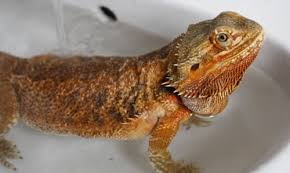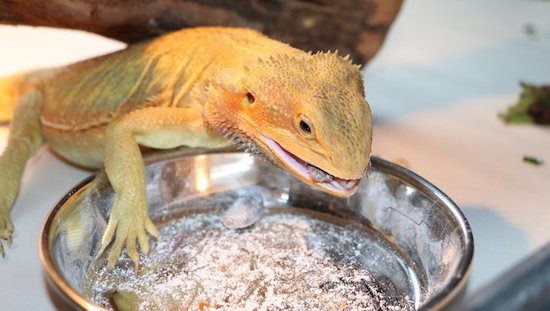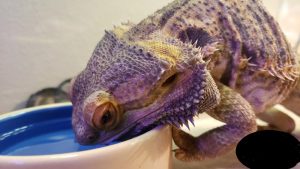Chameleoking
Chameleon Enthusiast
Ever wonder how animals adapt to the lack of water in the scorching desert?
While some animals have developed ways of extracting water from the food they eat, or reducing water lost through evaporation, desert dwelling lizards don't drink water at all; they absorb it through their skin.
Scientists have always suspected that lizards absorb water much like their amphibious neighbors. However, unlike an amphibian's moist skin, dry lizard skin is designed to both keep water in and out.
This perplexed researchers, prompting a study in which they began to notice that when the lizards got wet, they would raise their bodies and lower their heads. They hypothesized that the lizards were somehow using gravity to channel the water down towards their mouths.
Using high-powered microscopes to examine the skin and scales of the lizards, researchers found that two species, the Australian horny devil and the Texas horned, have networks of tiny tube-like channels beneath their scales, which cover their entire body. These tubes funnel water across the body and into the corners of the lizard's mouth, where it is then swallowed.
Just think of the complex system as a network of straws helping the lizard to get a drink.
While some animals have developed ways of extracting water from the food they eat, or reducing water lost through evaporation, desert dwelling lizards don't drink water at all; they absorb it through their skin.
Scientists have always suspected that lizards absorb water much like their amphibious neighbors. However, unlike an amphibian's moist skin, dry lizard skin is designed to both keep water in and out.
This perplexed researchers, prompting a study in which they began to notice that when the lizards got wet, they would raise their bodies and lower their heads. They hypothesized that the lizards were somehow using gravity to channel the water down towards their mouths.
Using high-powered microscopes to examine the skin and scales of the lizards, researchers found that two species, the Australian horny devil and the Texas horned, have networks of tiny tube-like channels beneath their scales, which cover their entire body. These tubes funnel water across the body and into the corners of the lizard's mouth, where it is then swallowed.
Just think of the complex system as a network of straws helping the lizard to get a drink.




